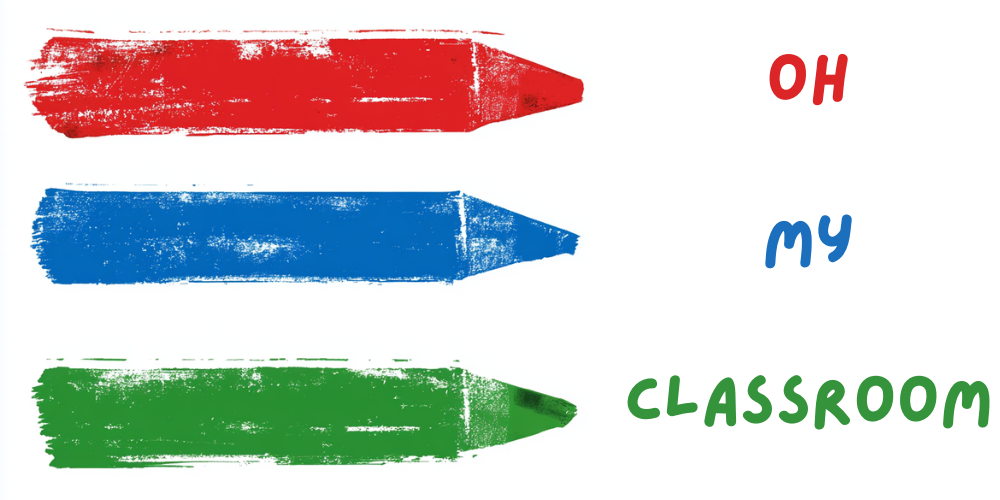In today’s rapidly evolving world, where Science, Technology, Engineering, and Mathematics (STEM) play a crucial role, fostering an early interest in these subjects is more important than ever.
By introducing them to simple STEM activities, we can lay a strong foundation for their future development, critical thinking skills, and problem-solving abilities.
We have compiled a list of Easy Stem Activities for Preschoolers.
These activities offer a perfect blend of hands-on experiences, imaginative play, and cognitive development, setting the stage for a lifelong love of learning.
Sink or Float Sensory Bin:
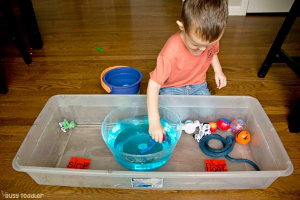
Create a captivating sensory experience for preschoolers by setting up a “Sink or Float” sensory bin. Fill a large container with water and gather a variety of objects such as rubber ducks, wooden blocks, plastic toys, and metal spoons. Encourage the little scientists to predict whether each item will sink or float, and then let them test their hypotheses by placing the objects into the water. Watch as their eyes light up with wonder as they discover which objects defy gravity and which succumb to it. This activity not only introduces the concept of buoyancy but also enhances fine motor skills as children manipulate and observe the objects in the water.
Building Towers:

Building towers is a classic STEM activity that never fails to captivate young minds. Equip preschoolers with colorful building blocks, wooden cubes, or even recycled materials like cardboard boxes and paper tubes. Encourage them to construct tall towers, exploring concepts of balance, stability, and spatial reasoning. Watch as their problem-solving skills come to life when they experiment with different configurations, test the limits of their structures, and learn from their triumphs and failures. As they engage in this open-ended activity, preschoolers develop critical thinking skills, hand-eye coordination, and a sense of accomplishment.
Related: Construction Activities for Preschoolers
Nature Scavenger Hunt:
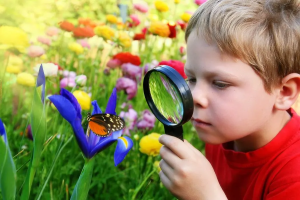
Take advantage of the natural world to spark curiosity and foster a love for STEM. Organize a nature scavenger hunt for preschoolers, where they can explore their surroundings, observe plants and animals, and discover the wonders of the environment. Provide them with a checklist of items such as leaves, flowers, rocks, and insects, and encourage them to use their observation skills to find and collect these treasures. Along the way, engage them in discussions about the different colors, shapes, and textures they encounter, nurturing their scientific thinking and vocabulary.
Related: 20 Fun Indoor Scavenger Hunt Clues for Kids
Bubble Science:
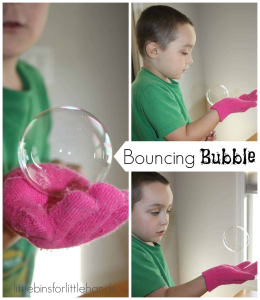
Preschoolers are fascinated by bubbles, and this simple STEM activity allows them to delve into the science behind these magical spheres. Prepare a bubble solution by mixing dish soap and water in a shallow container. Provide children with bubble wands of various shapes and sizes, and let them experiment with blowing bubbles. Encourage them to observe the characteristics of the bubbles they create—such as their size, shape, and how long they last. They can explore concepts like surface tension and airflow, learning through hands-on play and investigation. Additionally, you can challenge them to create their own bubble wands using pipe cleaners or straws, encouraging creativity and innovation.
Sensory Bottles:
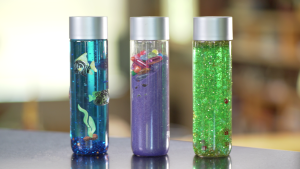
Sensory bottles are mesmerizing and engaging tools that combine sensory exploration with STEM concepts. To create a sensory bottle, fill a clear plastic bottle with various materials such as rice, water, glitter, or small objects like beads or buttons. Seal the bottle tightly to prevent spills. As preschoolers shake, tilt, and observe the contents of the bottle, they develop fine motor skills and explore concepts of density, volume, and cause and effect. Sensory bottles can also be customized to explore specific themes such as color mixing or the properties of liquids and solids. These captivating bottles provide a calming sensory experience while simultaneously promoting scientific inquiry and discovery.
Shadow Tracing:

Harness the power of light and shadows with a shadow tracing activity. Set up a flashlight and gather various objects with interesting shapes and textures. Shine the light on the objects to cast shadows on a piece of paper or a wall. Encourage preschoolers to trace the outlines of the shadows and explore how the shapes change as they move the objects closer or farther away from the light source. This activity introduces concepts of light, shadow, and spatial relationships while promoting fine motor skills and creativity.
Related: 15 Fun Things to Do in The Fall for Kids
Nature Collage:
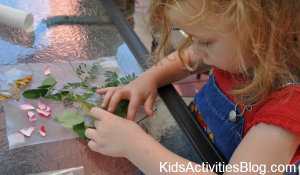
Combine art and STEM by creating a nature collage. Take preschoolers on a nature walk and collect leaves, flowers, sticks, and other natural materials. Provide them with glue sticks and a large sheet of paper or cardboard. Encourage them to arrange and glue the collected items onto the paper to create a unique collage. As they engage in this activity, they’ll observe and discuss the different textures, colors, and patterns found in nature, fostering their artistic expression and scientific observation skills.
Nature Prints:
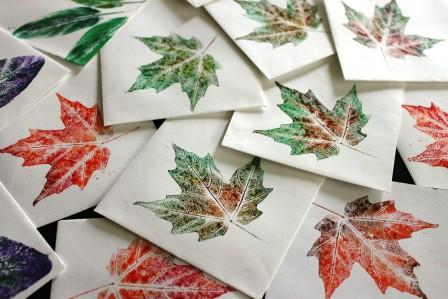
Bring out the budding scientists’ creativity by making nature prints. Collect leaves, flowers, or interesting natural objects with distinct shapes. Place a sheet of paper on a flat surface and help preschoolers position the objects on top. Use washable paint or ink pads to apply a thin layer of color to the objects, then press them firmly onto the paper. Lift the objects carefully to reveal beautiful nature prints. This activity allows preschoolers to explore the concepts of symmetry, texture, and observation while creating unique artwork inspired by nature.
Straw Rockets:
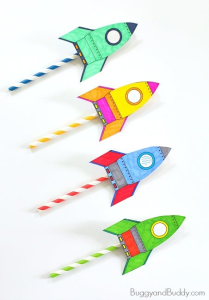
Embark on a rocket launching adventure with the simple but exciting straw rocket activity. Provide preschoolers with straws, construction paper, tape, and scissors. Help them create rocket shapes by rolling the paper into tubes and securing them with tape. Encourage them to decorate their rockets with colors and patterns. Attach a long string to one end of the rocket and have preschoolers blow through the straw to launch their creations into the air. They’ll explore concepts of air pressure, force, and motion while having a blast experimenting with different designs and launch techniques.
Tinker Trays:
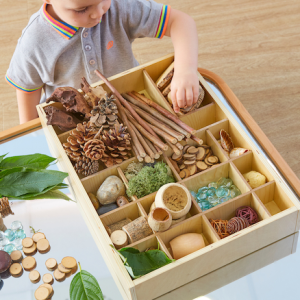
Stimulate creativity and critical thinking with tinker trays. Prepare trays or containers filled with a variety of loose parts and materials like buttons, bottle caps, pipe cleaners, popsicle sticks, and craft supplies. Present these trays to preschoolers and encourage them to explore, build, and create freely. The open-ended nature of tinker trays allows children to exercise their imagination, problem-solving skills, and fine motor abilities. They can experiment with different combinations, build structures, or invent imaginative creatures. Tinker trays provide endless opportunities for hands-on exploration and discovery.
Rainbow Reflections:
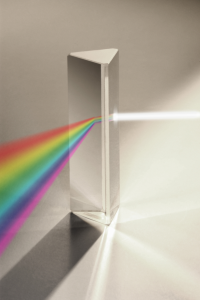
Introduce preschoolers to the wonders of light and color with a rainbow reflections activity. Set up a mirror or any other reflective surface in a well-lit area. Use a prism or a glass filled with water to refract light and create a rainbow pattern on the reflective surface. Encourage children to observe and discuss the colors they see and how they form. They can also experiment with different angles and positions to manipulate the rainbow pattern. This activity helps develop their understanding of light, refraction, and color while sparking their curiosity about the natural world.
Nature Sorting:

Engage preschoolers in a hands-on sorting activity using natural objects they’ve collected. Provide them with a variety of leaves, rocks, shells, or other items from nature. Encourage them to sort the objects based on different attributes like size, shape, color, or texture. They can create separate groups or use sorting mats to categorize the objects. As they engage in this activity, children practice observation skills, classification, and logical thinking, fostering their understanding of patterns and relationships.
Shape Hunt:

Turn your surroundings into an exciting shape hunt for preschoolers. Whether indoors or outdoors, challenge them to identify and name different shapes they encounter. Provide them with a simple chart or flashcards showing various shapes like circles, squares, triangles, and rectangles. As they explore their environment, encourage them to point out objects that match the shapes on the chart. This activity promotes shape recognition, visual discrimination, and spatial awareness, laying the foundation for geometry concepts.
Sensory Science:
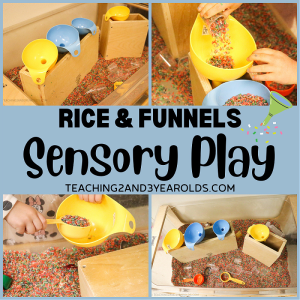
Engage preschoolers in sensory exploration with sensory science activities. Set up different stations with materials like sand, water, rice, shaving cream, or play dough. Provide tools like scoops, funnels, or sieves for them to manipulate and explore the materials. Encourage children to observe and describe the sensory experiences they encounter, such as the texture, temperature, or weight of the materials. This activity stimulates their senses while fostering scientific inquiry, vocabulary development, and fine motor skills.
Nature Journals:
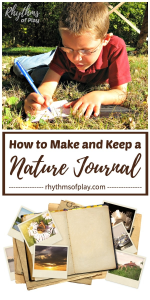
Encourage preschoolers to become budding naturalists by creating nature journals. Provide them with blank notebooks, pencils, and colored pencils. Take them on nature walks or outdoor expeditions and encourage them to observe and document their findings. They can draw pictures of plants, animals, or interesting natural features they encounter, as well as write or dictate descriptions. This activity promotes curiosity, observation skills, and scientific documentation, as children learn to appreciate and understand the world around them.
Straw Structures:
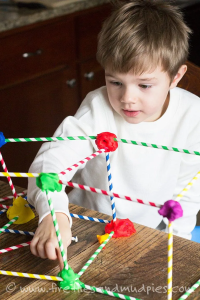
Encourage preschoolers to build structures using straws and playdough or clay. Provide them with a set of straws and a ball of playdough. Challenge them to connect the straws together by pushing them into the play dough, and then experiment with building different shapes and structures. This activity promotes creativity, problem-solving, and understanding of basic engineering principles like stability and balance.
Magnetic Mazes:
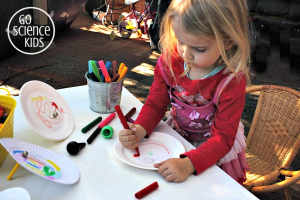
Explore the wonders of magnets by creating magnetic mazes. Draw or print maze designs on a piece of paper or cardboard, and gather small magnets and metal balls or objects. Place the maze on a flat surface and let preschoolers use the magnets to guide the metal balls through the maze, without lifting or tilting the paper. This activity introduces magnetic forces and encourages fine motor skills, hand-eye coordination, and logical thinking.
Bubble Wrap Stomp Painting:
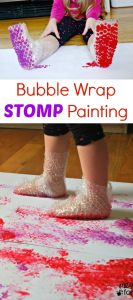
Combine art and science with bubble wrap stomp painting. Lay a large piece of bubble wrap on the floor or a table and secure it with tape. Pour different colors of washable paint into shallow containers. Have preschoolers put on old socks or use their bare feet to step on the bubble wrap, creating colorful footprints. This activity allows children to explore cause and effect, texture, and color mixing while engaging in a sensory and creative experience.
Rainbow Volcanoes:
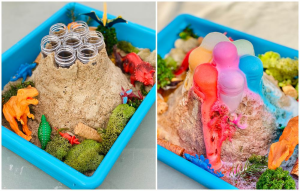
Create a colorful volcanic eruption with rainbow volcanoes. Set up small containers or cups on a tray, and add baking soda and a few drops of food coloring to each container, using different colors for each one. In a separate cup, mix vinegar with a few drops of dish soap. Pour the vinegar mixture into each container one at a time and watch as the colorful volcanoes erupt with fizzing bubbles. Preschoolers will enjoy the visual spectacle while learning about chemical reactions and the basic principles of volcanoes.
Floating Egg Experiment:
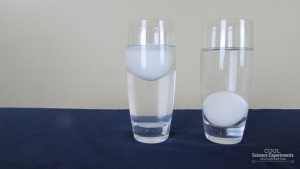
Amaze preschoolers with a floating egg experiment. Fill a clear glass or container with water and ask children if they think an egg will sink or float. Place a raw egg gently into the water, and observe how it sinks. Then, add salt to the water and stir until it dissolves. Have children make predictions about what will happen when the egg is placed in the salt water. Carefully lower the egg into the saltwater and watch as it floats! This activity introduces concepts of density and buoyancy while encouraging observation and critical thinking.
